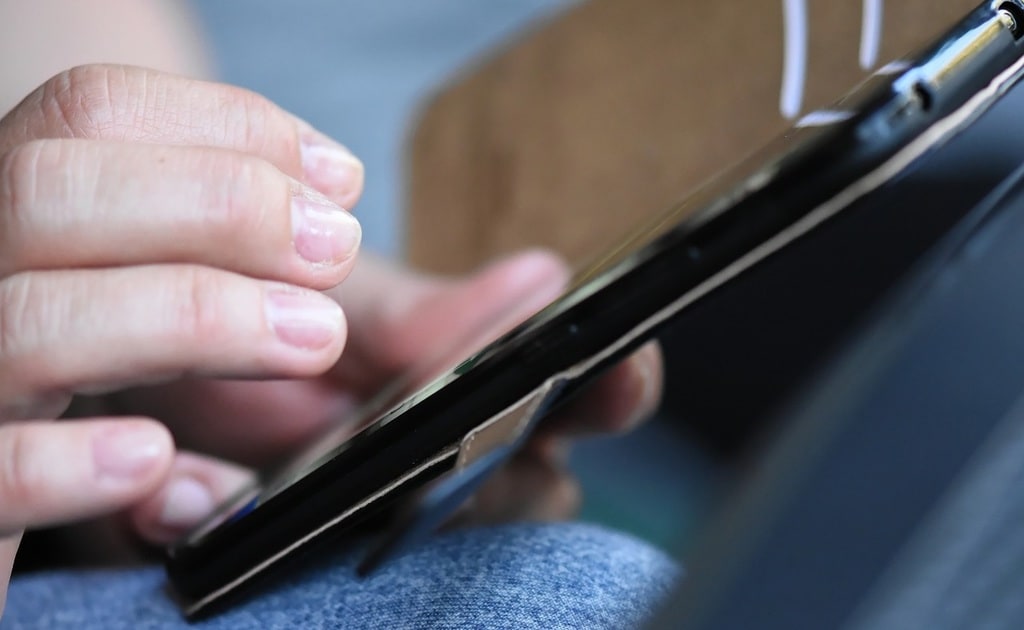The impact of technology on modern collections
Technology has dramatically transformed how we create, manage, and engage with collections in the modern era. From art and antiques to stamps and digital assets, the integration of advanced technologies has revolutionized the collection landscape, making it more dynamic, accessible, and interactive.
The Transformation of Modern Collections through Technology
The traditional notion of collecting has evolved significantly with the advent of new technologies. Digital tools and platforms have redefined the way collections are curated and maintained. For instance, online databases and digital cataloging systems enable collectors to manage extensive inventories with ease. These systems provide features such as high-resolution imaging, detailed metadata, and efficient search functionalities, which are essential for both private and institutional collections.
Additionally, the rise of e-commerce and online marketplaces has opened new avenues for acquiring and trading collectibles. Platforms like eBay, Etsy, and specialized auction sites have made it possible for collectors to find rare and unique items from around the world. This global connectivity not only broadens the scope of collections but also enhances the diversity and richness of the items collected.
Impact on Accessibility and Engagement
One of the most significant impacts of technology on modern collections is the increased accessibility and engagement it affords. Digital archives and virtual exhibitions make it possible for anyone with an internet connection to explore and appreciate collections that were once limited to physical locations. This democratization of access has allowed for a wider audience to engage with and learn from collections.
Virtual reality (VR) and augmented reality (AR) technologies have taken this engagement to another level. Museums and galleries now offer immersive experiences that allow users to explore collections in a three-dimensional space, providing a sense of presence and interaction that traditional methods cannot match. These technologies not only enhance the user experience but also serve as educational tools that bring collections to life in new and exciting ways.

The Role of Artificial Intelligence and Machine Learning
Artificial intelligence (AI) and machine learning are playing a pivotal role in the evolution of modern collections. AI algorithms can analyze vast amounts of data to identify patterns and trends, helping curators and collectors to make informed decisions about acquisitions and curation. For example, AI can be used to authenticate art pieces, detect forgeries, and assess the value of collectibles based on historical data and market trends.
Machine learning models are also being utilized to personalize user experiences on digital platforms. By analyzing user preferences and behaviors, these models can recommend items that might be of interest to individual collectors. This personalization enhances the satisfaction and engagement of users, making the collecting experience more tailored and enjoyable.
Preservation and Restoration
Technology has also made significant strides in the preservation and restoration of collections. High-resolution imaging and 3D scanning technologies enable detailed documentation of artifacts, which is crucial for conservation efforts. These technologies allow for the creation of digital replicas that can be used for research, education, and display without risking damage to the original items.
Moreover, advanced restoration techniques, such as laser cleaning and digital reconstruction, have improved the ability to restore and maintain the integrity of historical and cultural artifacts. These methods ensure that collections can be preserved for future generations, retaining their historical and cultural significance.
Challenges and Considerations
Despite the numerous benefits, the integration of technology in collections also presents challenges. Data security and privacy are paramount concerns, particularly when dealing with high-value items and sensitive information. Collectors and institutions must implement robust security measures to protect their digital assets and personal data from cyber threats.
Another challenge is the digital divide, which can limit access to technology-based collection resources for individuals and communities with fewer resources. Ensuring equitable access to these technologies is essential for fostering inclusive participation in the collecting community.
To summarize the key points discussed, here are some significant impacts of technology on modern collections:
- Enhanced management and cataloging through digital tools
- Increased accessibility via online platforms and virtual exhibitions
- Immersive experiences with VR and AR
- AI and machine learning for curation and personalization
- Advanced preservation and restoration techniques
- Challenges in data security and equitable access
The Future of Collections in the Digital Age
As technology continues to evolve, the future of collections looks increasingly digital and interconnected. Emerging technologies such as blockchain are poised to revolutionize how ownership and provenance are verified, adding a new layer of trust and transparency to the collecting process.
Additionally, the continued development of AI and machine learning will further enhance the ability to analyze and interpret collections, providing deeper insights and more sophisticated curation methods. The integration of these technologies will undoubtedly shape the next generation of collectors and collections, creating new opportunities for discovery, engagement, and preservation.
In conclusion, the impact of technology on modern collections is profound and multifaceted, driving advancements that enhance accessibility, engagement, and preservation while also presenting new challenges to be addressed. As we look to the future, it is clear that technology will continue to play a crucial role in shaping the world of collections.

